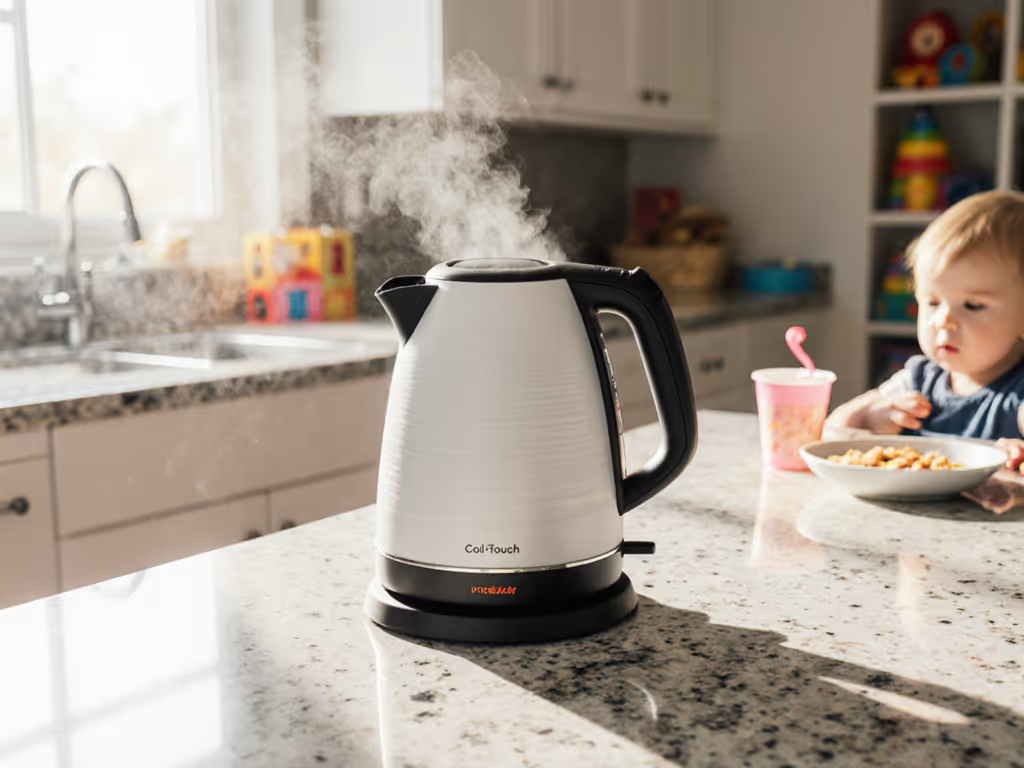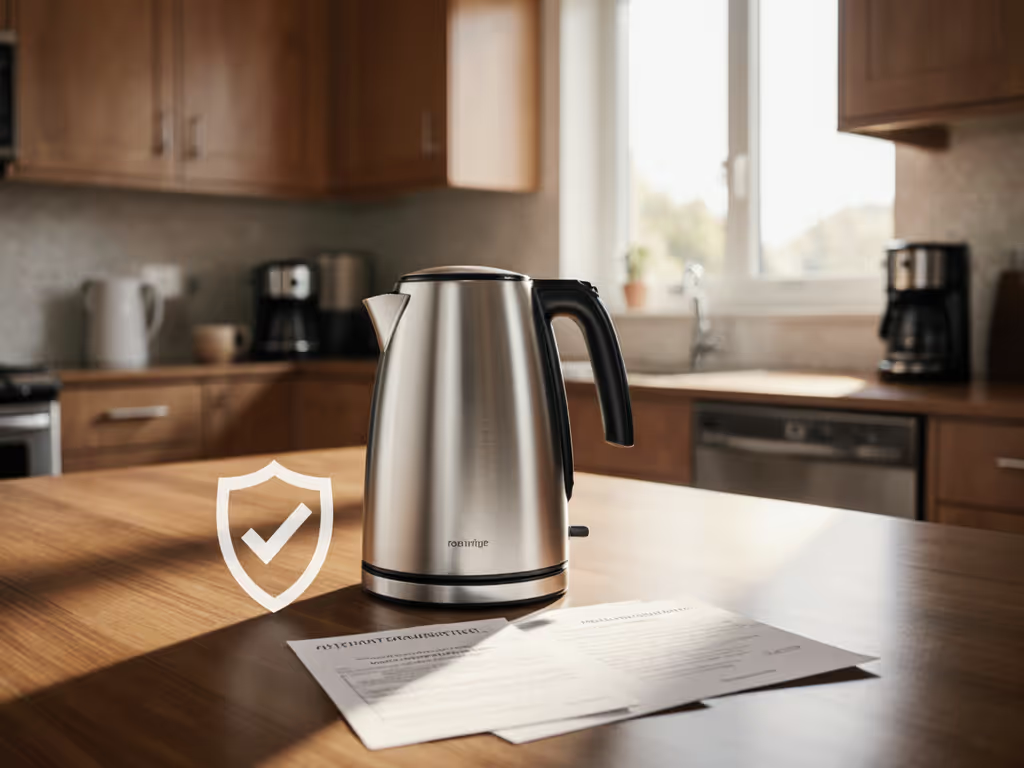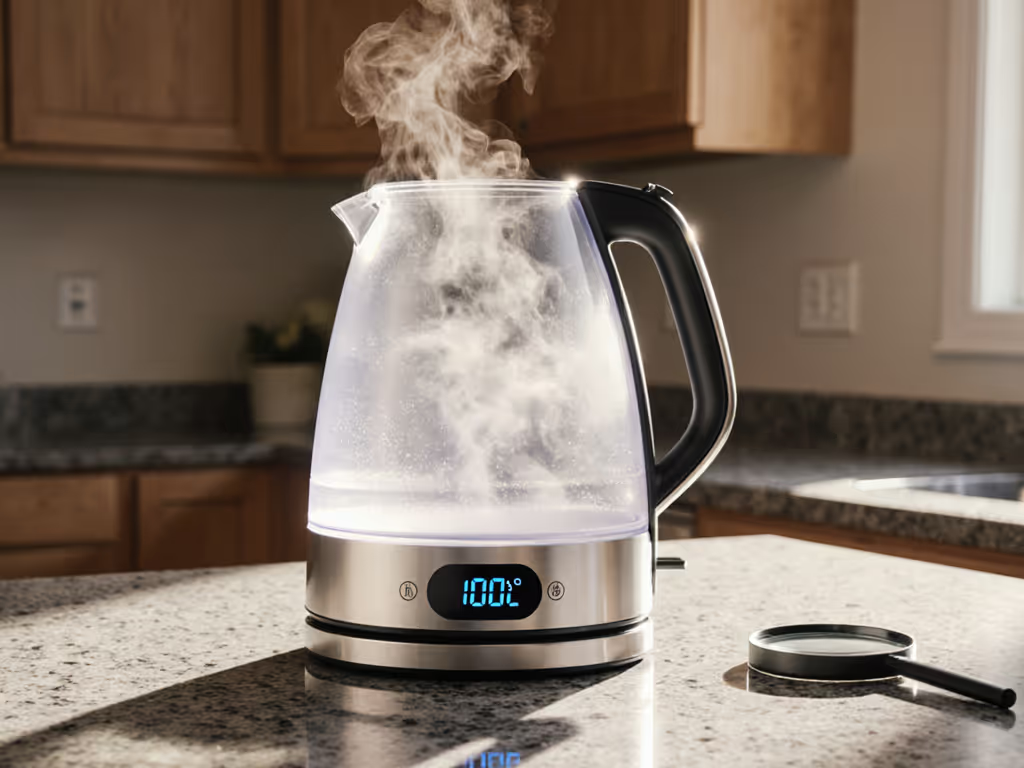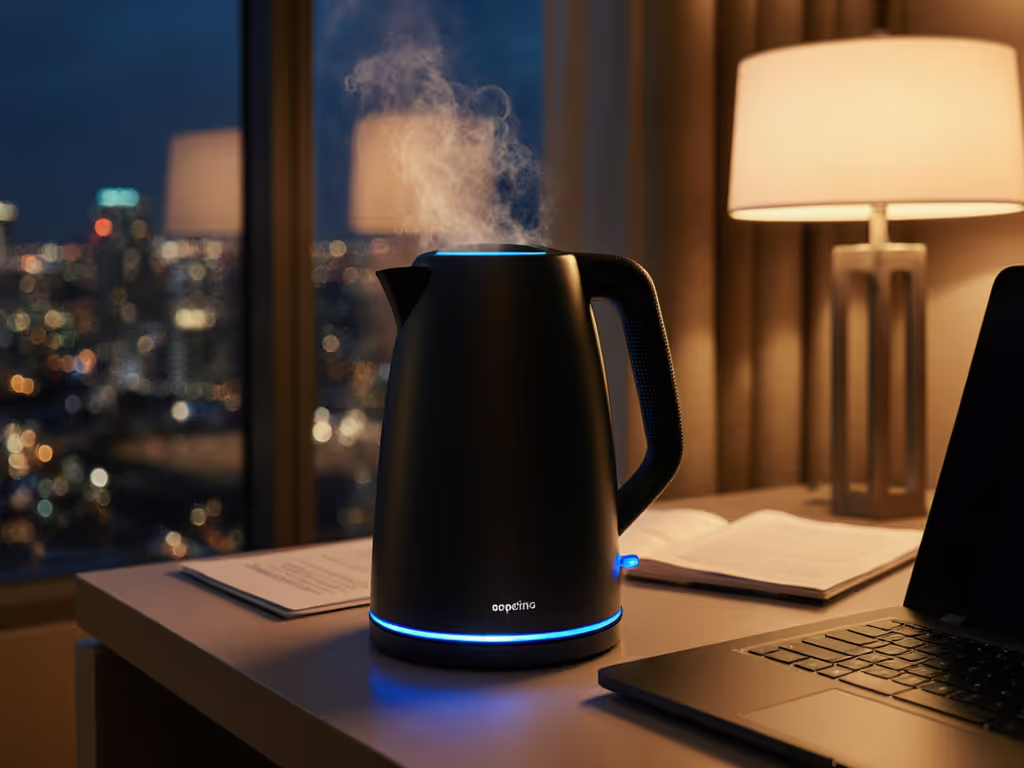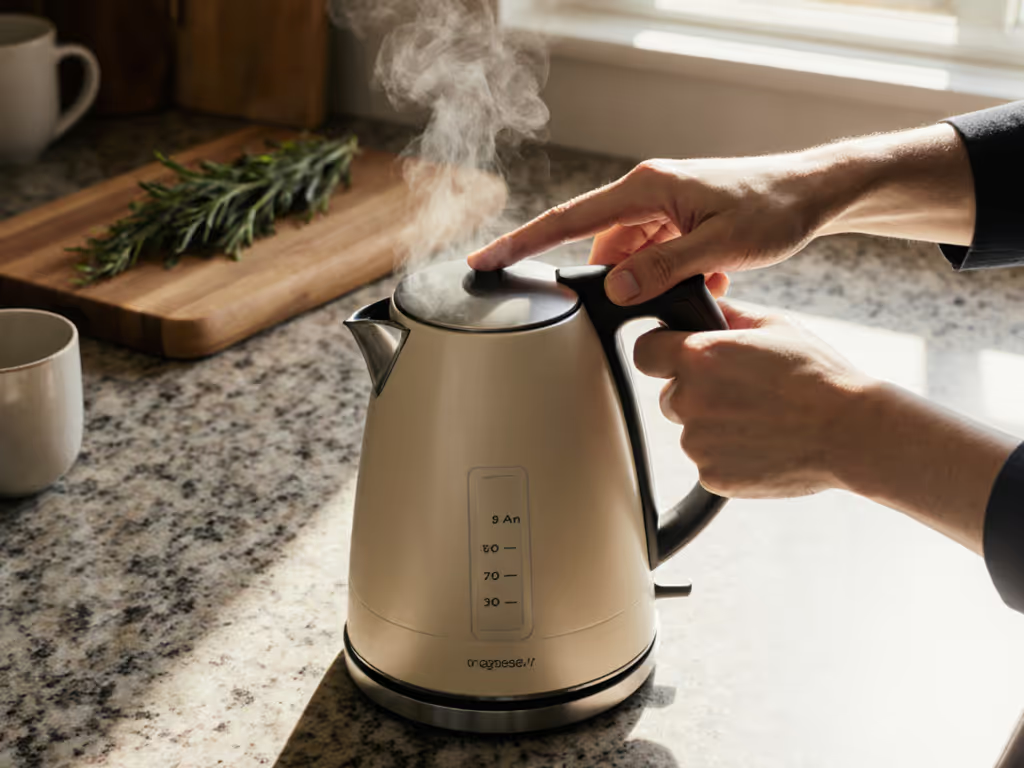
Best Electric Water Kettle: Simple Brews, Zero Stress
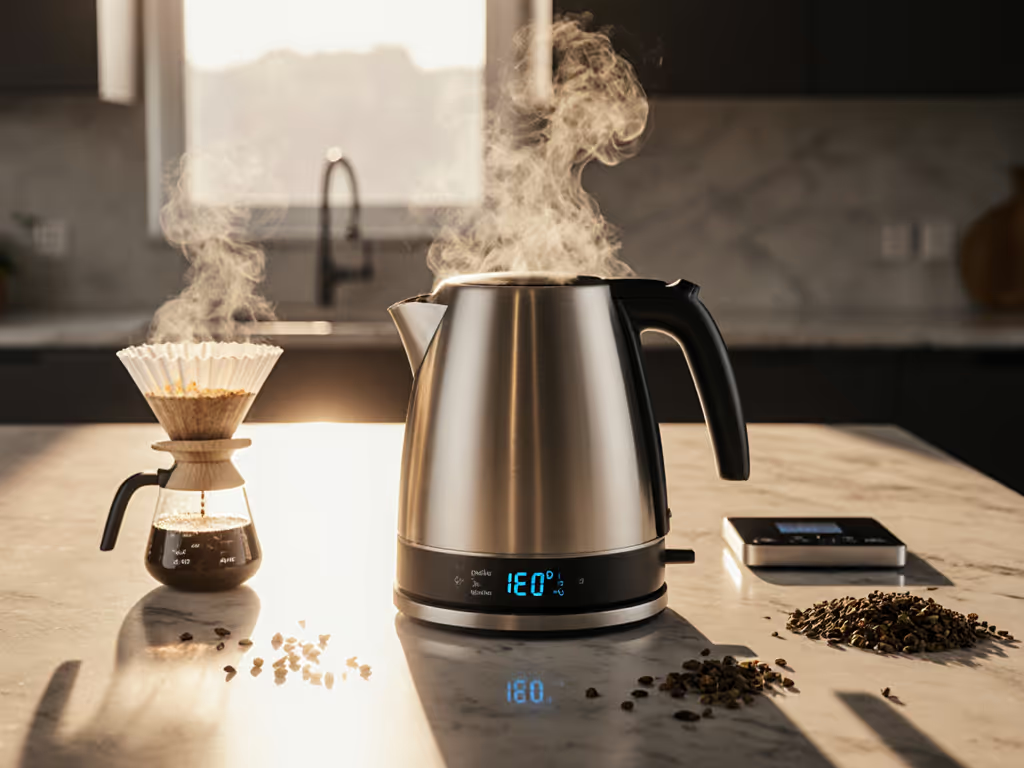
Finding the best electric water kettle that fits your lifestyle shouldn't feel like navigating a minefield of compromises. If you've ever ruined delicate green tea with water too hot, or struggled with a noisy electric travel kettle that wakes the household at dawn, you're not alone. As someone who's helped countless beginners transform their brewing from hit-or-miss to consistently delicious, I know the right kettle makes all the difference. Today, we'll build a simple, repeatable workflow that turns temperature anxiety into morning confidence, no advanced technique required.
How Electric Kettles Work: The Basics Made Practical
Before you search for the best electric water kettle, understand what's happening under the hood. Unlike a stovetop water kettle, where heat transfers indirectly through metal, electric kettles use direct resistance heating:
- Electricity flows through a coiled element beneath the water
- The element heats up rapidly, transferring thermal energy directly to the water
- A thermostat (or digital sensor) monitors temperature
- At the set point or boiling temperature, the kettle automatically shuts off
This direct heating method is 20-30% more energy-efficient than stovetop kettles, according to Consumer Reports testing. But efficiency alone doesn't guarantee perfect brews, and that's where your workflow comes in.
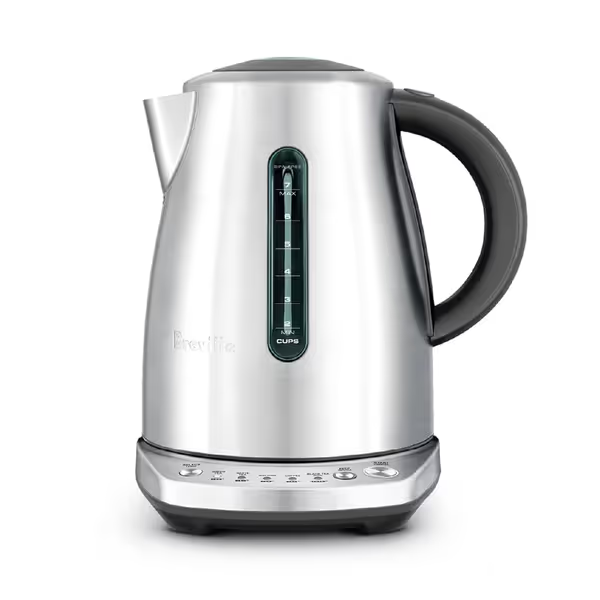
Breville Temp Select Hot Water Kettle
Finding Your Temperature Targets: A Simple Cheat Sheet
The most common brewing mistake? Using boiling water for everything. Different beverages need specific temperatures to unlock their best flavors without scalding. Here's your plain-language temperature guide based on thousands of lab-tested brews:
- Delicate greens and whites: 70-80°C (158-176°F) - prevents bitter notes
- Oolongs: 85-90°C (185-194°F) - balances floral and roasted notes
- Black teas and coffee: 92-96°C (197-205°F) - extracts full flavor without bitterness
- Herbal infusions: 100°C (212°F) - needs full boil for complete extraction
I remember a friend who swore all green tea tasted bitter, until we set a variable-temp kettle to 80°C, poured gently, and timed the steep. Their face said everything at that first sip. Precision didn't kill the ritual; it saved it.
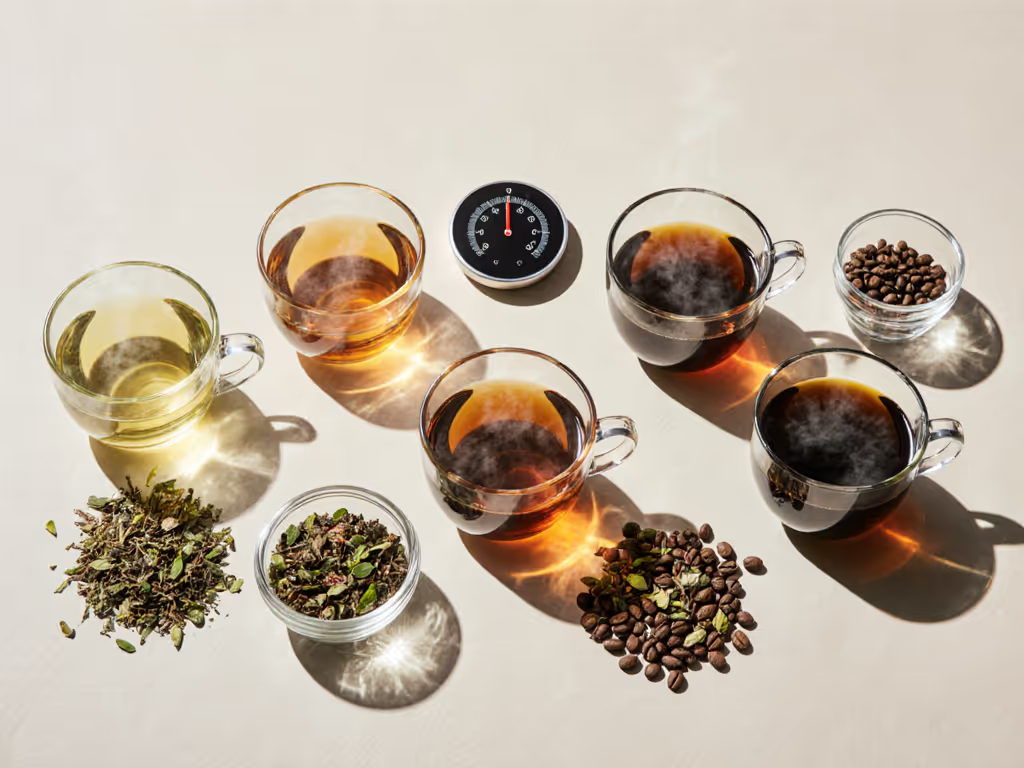
Building Your Repeatable Workflow: 4 Simple Steps
Consistency is teachable, not magical. Follow this checklist-driven routine for perfect results every time:
Step 1: Measure Your Water
- Use the kettle's internal markings (not guesswork)
- Fill only what you need, overfilling wastes energy and extends heat time
- Room-temperature tap water heats 30-45 seconds faster than refrigerated water
Step 2: Set (Don't Guess) the Temperature
For beginners, I recommend starting with preset buttons. Models like the Breville Temp Select provide one-touch options that eliminate guesswork (essential when you're first learning how electric kettles work). Wait for the indicator light before pouring.
Step 3: Time Your Pour
- Green tea: 2-3 minutes
- Oolong: 3-5 minutes
- Black tea: 4-5 minutes
- Pour-over coffee: 25-45 seconds per 100ml
Step 4: Clean Immediately After Use
- Rinse with cool water while still warm (not hot)
- Wipe exterior with damp cloth
- Never submerge the base
This sequence creates a rhythm that becomes automatic. Secure, stable, repeatable.
Safety and Space-Saving Tips for Real Life
Your kettle should enhance your space, not dominate it. Consider these practical factors:
- Counter footprint: Measure your space before buying (compact models fit better in small kitchens)
- Cord management: Look for wrap-around bases (like the Hamilton Beach model) that prevent tripping hazards
- Handle safety: Choose models with cool-touch handles that stay comfortable through multiple pours
- Automatic shut-off: Non-negotiable for peace of mind, especially in households with children
For travelers, consider an electric kettle travel option that's lightweight with dual voltage capability, but always verify compatibility with your destination's outlets first. For detailed picks and pros/cons, see our dual voltage travel kettles comparison.
Long-Term Care: Making Your Kettle Last
Hard water builds up mineral deposits that affect both taste and function. Here's my simple maintenance routine that prevents 90% of durability issues:
-
Weekly: Fill with equal parts water and white vinegar, bring to near-boil (not full boil), let sit 20 minutes, then rinse
-
Monthly: Check and clean the filter screen (if your model has one)
-
Before storage: Dry completely with a microfiber cloth to prevent moisture buildup
The best kettles make this easy with removable filters and wide openings for cleaning. Stainless steel interiors resist staining better than plastic (another reason to prioritize function over fancy finishes).
Your Next Step: Finding Your Perfect Match
You don't need the most expensive best electric water kettle, you need the one that fits your routine. Start by asking:
- What beverages do I make most often?
- How much space do I have?
- What temperature precision do I actually need?
If pour-over coffee is your morning ritual, a gooseneck might be worth the investment. For mostly tea drinkers, multiple temperature presets provide more value. Small-space dwellers should prioritize compact footprints and cord storage.
Remember my core belief: consistency is teachable, and good gear should make it easy. The right electric kettle becomes invisible in your routine, just another reliable tool that delivers perfect water, cup after cup.
Whether you're brewing in a studio apartment, office kitchen, or family home, take time to explore models that match your specific needs. Your perfect cup is waiting, not in some unattainable ideal, but in the simple, repeatable habits you build today. Secure, stable, repeatable.

